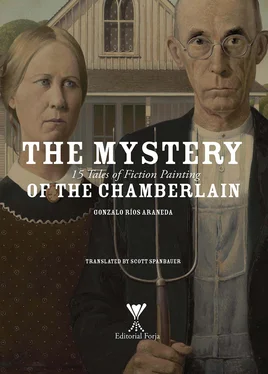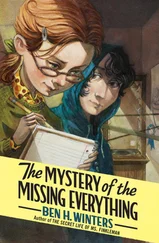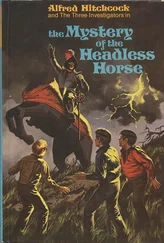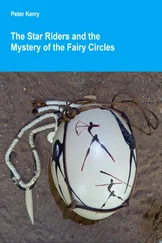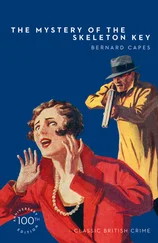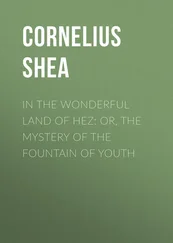Truly, there had never before been a cultural statement like it, other than in the minds of a few theoreticians and researchers interested in solving the mystery of a few Magdalenian paleolithic capabilities that modern art had taken two thousand years to achieve. And one of those men was Werner Rospigliossi himself, charged with presenting, in the building’s spacious galleries, the most significant exponents of design and expression in modern times, along with their debt to Altamira and Lescaux. Its success provoked the interest of experts who, gathered in the City of Light, were able to admire in their representation their purity of movement and the expressive relevance of their flourishes. Such were the commentaries that filled the critics’ columns the day after the event opened. Among those chosen by Werner were the names Degas, Toulouse-Lautrec and Renoir, of whom someone said that the imprint of their movements was mysteriously tied to the expressive touch of the Cantabrian paintings of fourteen thousand years ago.
Undoubtedly, the expert was the man of the moment. He had also allowed himself time to deliver a chat about the enigma of figurative skills in stone and their impact on the development of modern art in the archaic aura of many of those skills’ creations.
In the hotel where he was staying, Professor Werner, who was traveling unaccompanied in Europe at the time, received a telegram from his wife telling him how proud she was of him. “My indispensable artist, I love you desperately,” she had written in the last line; and in an aside she advised him not to forget his bronchial pills. “I await you longingly.”
That Friday the professor left the hotel in the direction of Orly airport as night began to fall. There, standing in the west terminal, boarding procedures completed and having bidden the authorities farewell, he thought of his wife, his asthma, and his fear of airplanes. Then, resolute, he moved ahead in search of his first-class seat.
Without a second thought, and before buckling his seatbelt, he took a pill from his shirt pocket, one that he later dissolved under his tongue as the huge machine lifted off in search of the Atlantic. He flipped through a revue, and in no time fell deeply asleep. He didn’t notice when a man collected the magazine that had fallen between his legs and placed it back in his lap; nor that he had kindly turned off his seat’s individual reading lamp. The roar of the mechanical beast’s motors had just taken on an irregular feel. Minutes later a deafening explosion enveloped the craft in a ball of fire, rapidly devoured by the ocean.
After the plane disappeared completely beneath the waves, more than twenty years would pass before a team of experienced divers would find it on the bottom of the sea. It lay sunken just off the coast of Cantabria on the Iberian Peninsula.

Giotto di Bondone
Saint Francis preaching to the birds, 1298
The young Giotto di Bondone has received the assignment of painting the gallery of the Upper Basilica of Assisi with scenes from the life of its founder. That day, amidst a deep satisfaction stemming from the public recognition of his work, he sensed that he faced an arduous task, one that filled him with ceaseless worry over the enormous responsibility he had taken upon his shoulders. He was aware of the fact that Saint Francis’ pious works compelled him to trace the origins of a life and a personality that, mysteriously, continued to captivate Christianity. Thus inspired, he thought it prudent to concentrate his ambitions on the hermit’s most intimate thoughts, because, in keeping with his interest in investigating human nature, he aspired to represent him with full knowledge of his emotions.
Saint Francis had died four decades before Giotto was born and was honored as if his miracles had occurred yesterday, a temporal proximity that would be the painter’s greatest ally. Brimming with advice from his master, the venerable Cimabue, the young man proceeded to review all the archives that the order’s priests placed at his disposal, including Saint Bonaventure’s Life of Saint Francis, the official Church account written only 36 years before. His reading led, as one would expect, to some surprising discoveries, taking into consideration his layman’s standing in matters ecclesiastical. He understood that the hermit represented the open side of the emotions, in deep harmony with Nature; and that he had foreseen, without intending to do so, mankind’s desire to recognize itself in the world. Even with all that, and when he believed he had come to the end of his inquiries, he had the unexpected good fortune to find himself rewarded with the chance to meet someone who had lived in body and soul at the saint’s side. An eyewitness to some of the events that shook all of Christendom!
Giotto, loath to let this fortunate happenstance go to waste, worked things out with the congregation such that it would favor him with an appointment with Brother Anselmo, an old man who, according to the abbey’s brother porter, was more than 100 years old, and had belonged to Saint Francis’ flock back around 1210. “Despite his age, he’s as lucid as a strapping youth,” said the priest as the artist prepared to cross the abbey’s threshold.
“They say he’s getting on a hundred and four,” he added, satisfied, “but watch out for his tantrums” he ended, as he watched the visitor from the corner of his eye, who learned, also, that the old man was practically bedridden, and that he only rarely got up to take little jaunts about the vicinity, vital to keeping himself in good spirits.
Grateful, Giotto learned that the friar had put up no resistance when the Abbot spoke to him of the matter; and that, quite the opposite, he had seemed more indulgent than annoyed.
Crossing the patio of that place of prayer accompanied by a young monk wearing an elegant razor-drawn tonsure on his pate was a novelty for Giotto. He had never been inside of a monastery, much less the cell of mendicant friar. He knew nothing of monastic things beyond the routine matters of a simple man of faith, nor those of lay brothers and hermits. And now here he was, in the heart of an abbey.
During the journey under the archways that followed one after another, he sensed that the atmosphere within the place was having an effect on him. The long red-tiled hallway bordered on a spacious and well-tended garden, while at the back a bare stone masonry wall displayed, at a glance, the buttresses revealing from behind the presence of the principal nave’s apse. A few paltry windows enclosed by iron gratings heralded the building’s serene and impenetrable cloister. All around it smelled of lilies in flower and dead narcissus, while, in scattered stretches, the gardens displayed budding wallflowers here and there. Despite the young painter’s attempts to strike up a conversation with his companion, the latter told him simply that Brother Anselmo suffered from gout, had weak bones, and didn’t get out of bed much.
As they neared the corner of the great courtyard, they met with a brother of shorn head and rough woolen habit, from whose raw cotton belt hung a spoon and two small rakes for working in the garden; and signor di Bondone saw how both monks spoke to each other using signs, until the one recently arrived stretched his right arm out and touched his wrist with his left thumb. The two men then retraced their steps, while the gardener, with a bow, moved off as silently as when he had turned up. The friar who had come with Giotto turned and informed him that Brother Anselmo had a slight fever, but that he nevertheless had decided not to postpone the meeting.
Читать дальше
